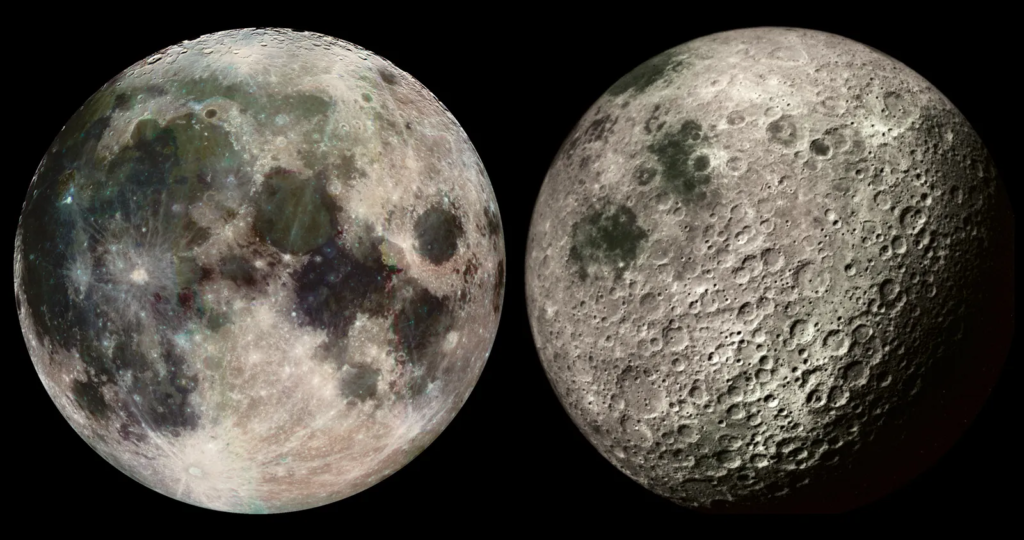
- Greater Than Expected: Underground ice reserves at the Moon’s poles are 5 to 8 times larger than those on the surface, according to a collaborative study involving ISRO and several international institutions.
- Potential Water Resource: The discovery of significant amounts of subsurface ice suggests potential for drilling and using this vital resource for future lunar missions and settlements.
- Strategic Implications: The presence of abundant ice enhances the Moon’s potential as a strategic base for astronomical studies and solar system exploration.
Why is this discovery significant for future lunar exploration? This groundbreaking discovery by ISRO and its partners highlights a transformative shift in how lunar resources could support future missions. By confirming the presence of substantial underground water ice, particularly at depths up to three meters, this study not only expands our understanding of the Moon’s water distribution but also solidifies the Moon’s role in the broader context of space exploration and settlement. Access to water ice on the Moon opens up possibilities for in-situ resource utilization, which is crucial for long-term human presence and potentially even for the production of fuel and life support systems on the Moon.
Conclusion and Future Prospects The implications of these findings are vast. With underground ice being more abundant than previously known, the Moon could serve as a vital pitstop for missions deeper into space, providing resources that can be converted into fuel and breathable air. This reduces the need to launch all necessary supplies from Earth, significantly cutting costs and complexity of space missions. ISRO’s continued exploration efforts, along with international collaborations, are set to pave the way for a sustainable human footprint on the lunar surface, leveraging the newly discovered water resources. The ongoing research and upcoming missions, such as Chandrayaan 4 and Artemis, are poised to further explore and utilize these ice reserves, marking a new era in lunar and space exploration.








































Leave a Reply